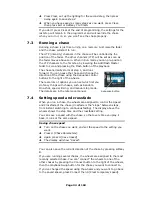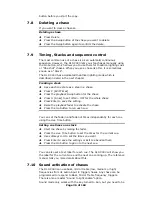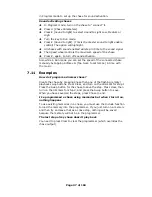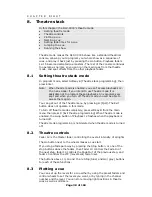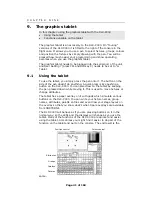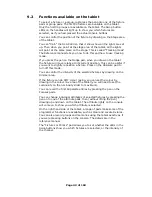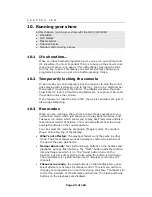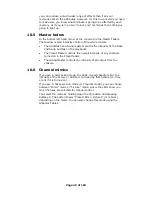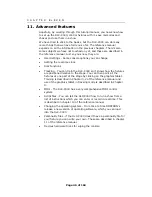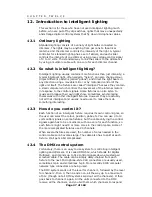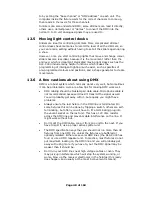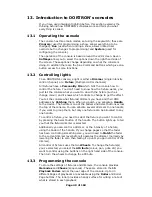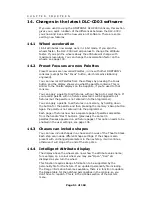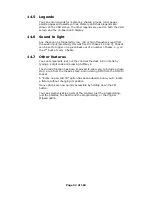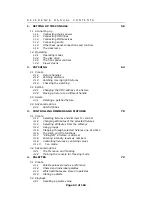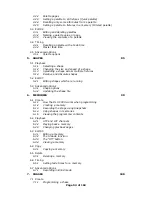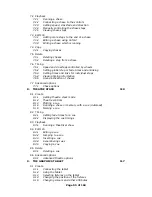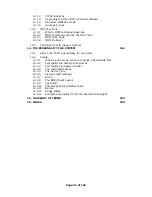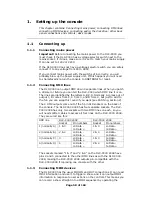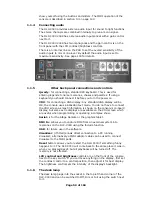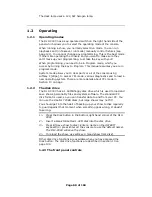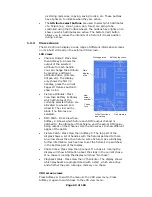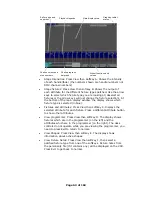
Page 48 of 163
to by setting the “base channel” or “DMX address” on each unit. The
computer inside the fixture waits for the correct channels to come up,
then reads in the levels for those channels.
Dimmers can also understand DMX; some dimmers can read it directly,
others use a demultiplexer or “demux” to convert the DMX into the
normal 0 to 10 volt analogue signals they are used to.
12.5
Moving light control desks
Sliders are ideal for controlling dimmers. More complicated dimmer
control desks have memories to record the level of all the dimmers, so
you can recall a setting without having to set all the sliders again during
a show.
However, once you start controlling lights that move and change colour,
sliders become less ideal, because it is the movement rather than the
end level which is important. Dedicated moving light desks such as the
DLC-C003 include many helpful functions which makes the
programming of intelligent lighting much easier, such as palettes of
pre-programmed colours and positions, and a shape generator to create
movements.
12.6
A few cautions about using DMX
DMX is a robust system which normally works very well, but sometimes
it can be problematic. Here are a few tips for making DMX work well.
•
DMX cabling should be twisted-pair data cable. Microphone cable is
not recommended because it doesn’t transmit the signal as well.
You will probably get away with it, but equally you might have
problems.
•
Always ensure the last fixture in the DMX line is terminated. On
some fixtures this can be done by flipping a switch, others are self-
terminating, but often you will have to fit a terminating plug into
the vacant socket on the last unit. This has a 120 ohm resistor
across the DMX line and prevents data interference on the line. It
might work without but…
•
Don’t split the DMX cable. Loop it from one unit to the next. If you
have to split it, use a proper active splitter unit.
•
The DMX specification says that you should not run more than 32
fixtures from one DMX line unless the fixtures are buffered or
optically isolated. Either use several DMX lines (the DLC-C003 has
four) or use a DMX repeater unit. In practice, most fixtures do not
put maximum loading on the DMX line and you will probably get
away with using more if you have to, but the DMX signal may be
weaker than it should be.
•
Don’t run your DMX lines near high voltage cables or neon. They
may pick up interference which will stop the system working, or
worse, blow up the receiver electronics in the fixtures (this really
does happen, and usually at the most inconvenient moment).

